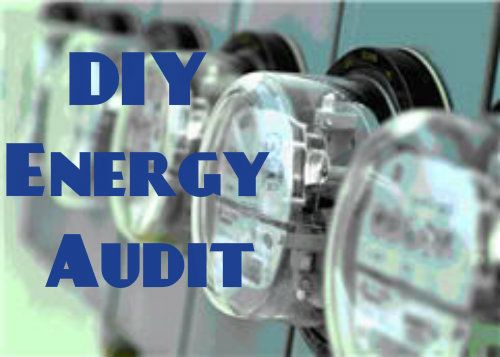My bedroom has a pitched ceiling. It was a selling point and I thought it was a very nice feature when I bought The Condo. That is until I tried to heat the bedroom because, well, heat rises. Now of course I could replace the bedroom chandelier with a ceiling fan and run the blades in reverse during the winter to pull the warm heated air from the pitched ceiling to the lower part of the room where the people live. That’s a very good idea if it weren’t for one thing.
I find almost all ceiling fans with lights horrific and
UUUUUUUUUUGLY!
I wanted to heat the bedroom up in winter but I was hesitant to use a space heater to do it. Since I was trying to
reduce The Condo’s use of electricity, I really didn’t want to use an electric space heater. I didn’t want to use a propane or kerosene space heater either. I didn’t want an accidental case of hot burning Pekingese on my hands if you know what I mean.
Instead, I tried using the free passive solar space heater that I already had – opening the curtains on the bedroom windows. According to
Build It Solar:
“Windows are very good solar collectors -- they are just as efficient as a commercial solar collector you might add on your roof, and can be less expensive and less complex to install. No ducting or plumbing required.”
In addition to opening the curtains, Building it Solar also suggests adding some shading to the
Passive Solar Heating System, I mean, O
pen Curtains on My South Facing Windows. They say:
- “Adding some form of insulating thermal shade to the window will greatly reduce night heat loss. While windows are very good collectors, they do lose a lot of heat at night, so some form of insulating shade is very important to reduce night losses.
- You should include some means to shade the window during the summer. Unwanted solar gain through an unprotected south facing window during the summer can aggravate cooling problems. There are many ways to provide shading.”
I didn't install any of the complicated (and ugly) outdoor awnings or shade screens that Making It Solar suggests on my windows. Instead, I made two insulated roman shades and put them up on tension rods in my bedroom windows. They work just fine.
Why do the solar energy advocates have to make using passive solar heat so complicated? Yeesh.
I was very skeptical that opening the curtains on the south facing windows of The Condo would help heat up the bedroom. Sure, I sealed the air leaks on my double paned windows. That wasn’t the problem.
The problem, I thought, is that we don’t get that much sunlight in Central Ohio, especially during the winter. In Columbus, 51% of the days of the year are overcast – the same amount of sunlight that they get in Inverness, Scotland. And they aren’t exactly known for their balmy weather or big solar farms.
But, hey, the price was right – free – so I tried it. My bedroom is on the second floor of The Condo, so I didn’t have to worry about peeping neighbors or burglers. I opened the curtains on the south facing bedroom windows in the morning before Husband left for work. I let the sun shine in during the day and kept the bedroom door open to let the air circulate around the room (and I’m kinda lazy about closing that door anyway.) I closed the curtains in the evening around 6:00 or so – when I finished work.
So did it work? You tell me. Blitzkrieg by his very nature, seeks out the warmest places in The Condo during the winter, usually on the first floor or in the second floor computer room. Guess where he’s hanging out now?

That’s right. In the now much warmer solar heated master bedroom.
Yes, opening my curtains and shades and using this freebie passive solar space heater did heat up the bedroom, despite the pitched ceiling. So much so that I didn’t have to even think about buying a space heater to use in the bedroom as long as I remembered to close the curtains and lowered the insulated shade at night to keep in the heat.
During the summer, I keep the roman shades down and the curtains closed on the bedroom windows to keep the hot summer sun from heating up the bedroom too much.
It worked.
In Ohio. Who knew?!
Did you enjoy this post? Get more like it by
subscribing to Condo Blues.
 Pin this idea to your Pinterest boards for later! Share it with your friends!
Pin this idea to your Pinterest boards for later! Share it with your friends!




